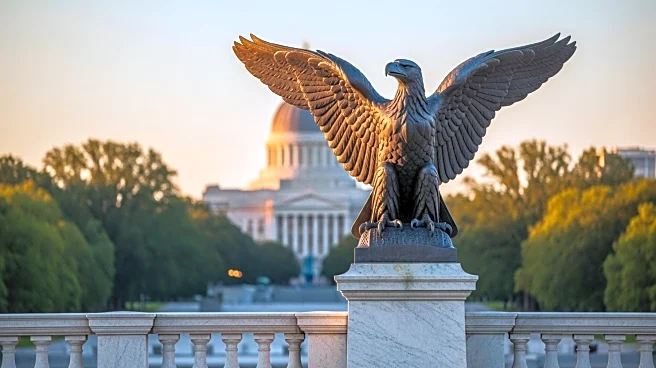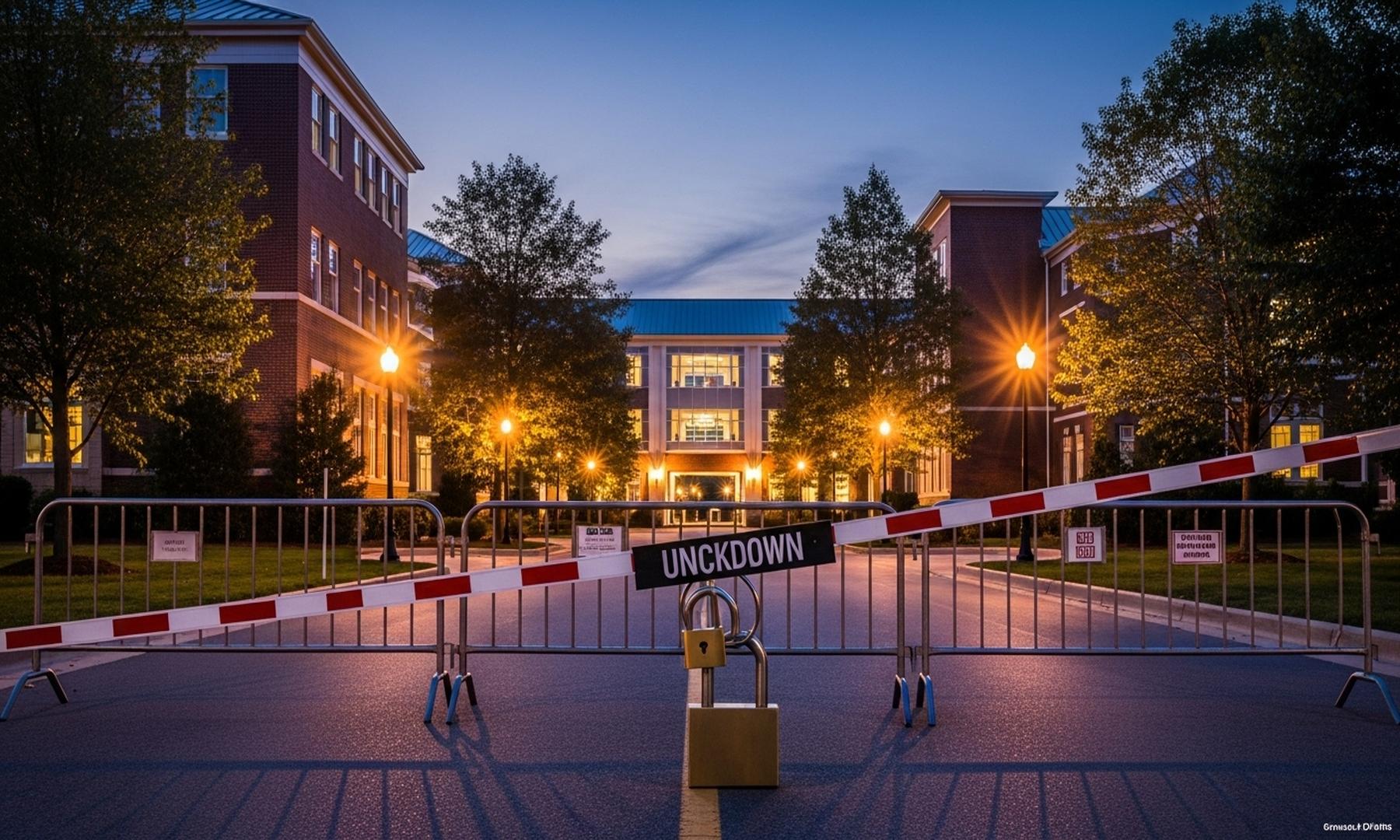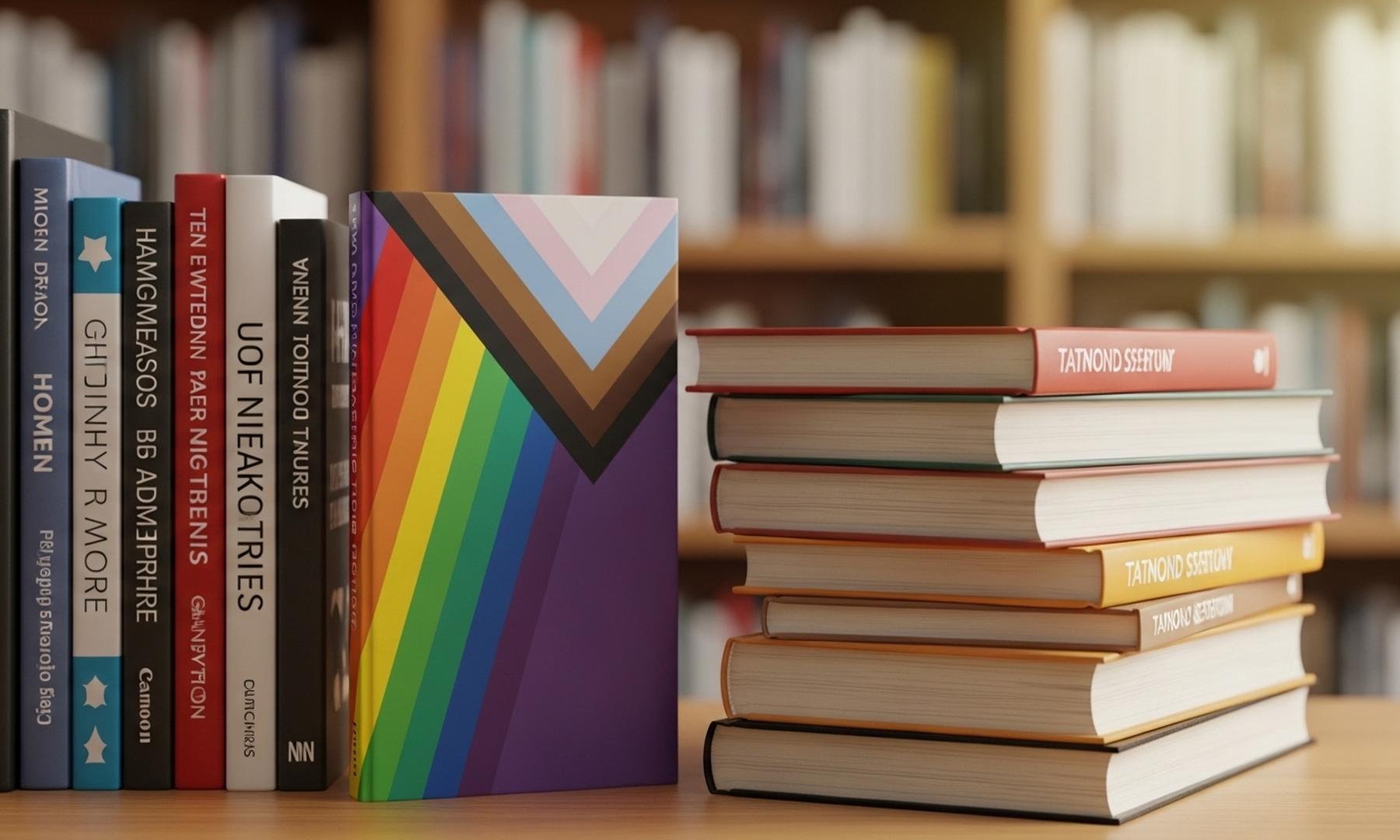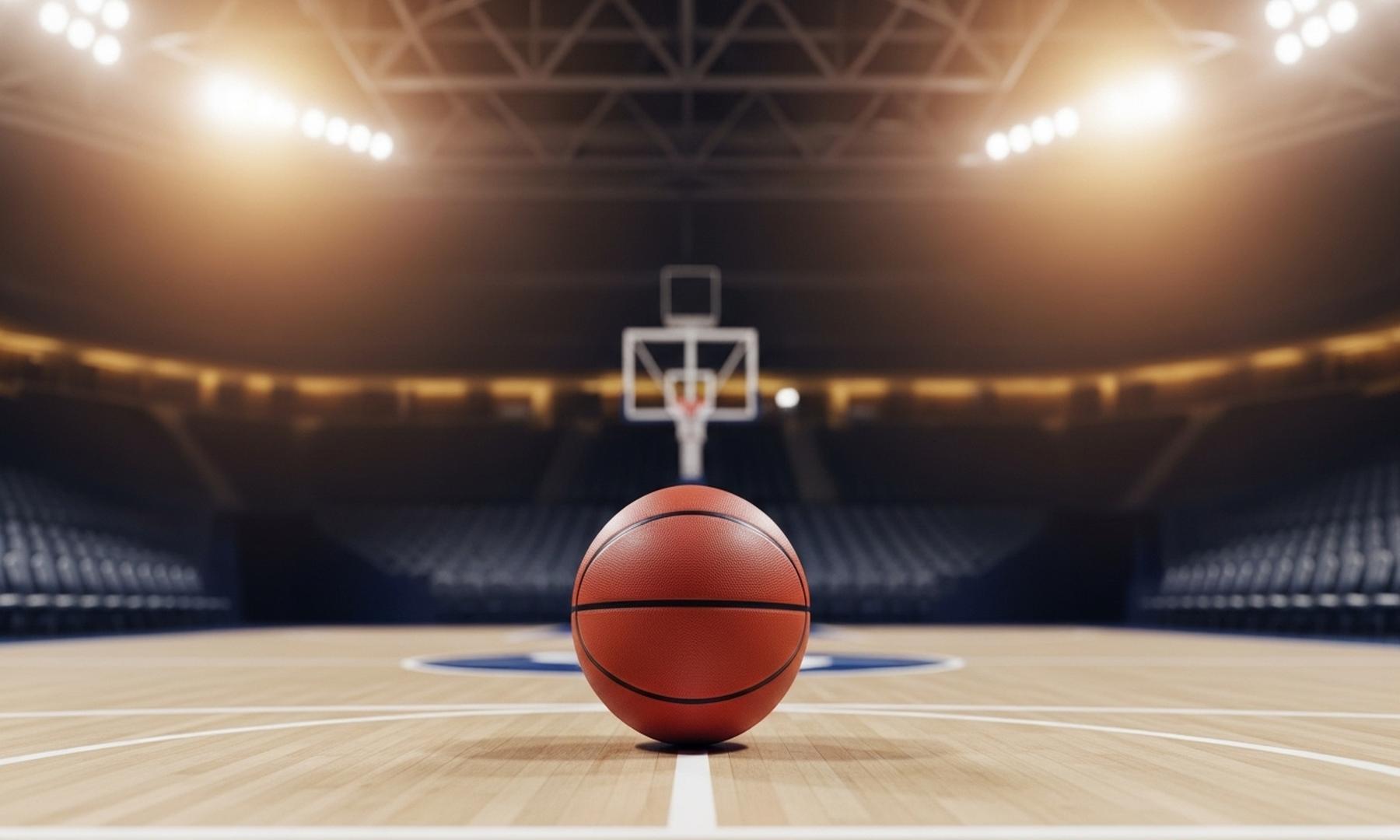What is the story about?
What's Happening?
A statue depicting President Trump and Jeffrey Epstein holding hands has been reinstalled on the National Mall after being removed by the National Park Service a week prior. The statue, titled 'Why Can't We Be Friends?' was initially taken down due to a height discrepancy. The satirical activist group, Secret Handshake, responsible for the statue, worked to obtain a permit legally through the Parks Department's process. Carol Flaisher, a location manager contracted by Secret Handshake, applied for the permit, which was granted by the National Park Service. The statue is now back on display for a limited time on 3rd Street, north of the U.S. Capitol. The group emphasizes their intention to comply with the Park Service's regulations and maintain a cooperative relationship.
Why It's Important?
The reinstallation of the Trump-Epstein statue highlights ongoing tensions between public art installations and regulatory authorities. The statue's presence on the National Mall, a significant and symbolic location, raises questions about the boundaries of artistic expression and political commentary in public spaces. The controversy surrounding the statue reflects broader societal debates on historical representation and the role of satire in political discourse. The decision to allow the statue's return may influence future interactions between activist groups and government agencies, potentially setting precedents for how controversial art is managed in public areas.
What's Next?
The National Park Service's decision to grant a permit for the statue's reinstallation suggests a temporary resolution, but ongoing discussions about its appropriateness and impact are likely. Stakeholders, including political leaders, civil society groups, and the public, may continue to debate the statue's symbolism and its place on the National Mall. Future actions could involve further regulatory scrutiny or public protests, depending on the statue's reception and the evolving political climate. The Secret Handshake group may also pursue additional installations or demonstrations, testing the limits of public art and free speech.
Beyond the Headlines
The statue's presence on the National Mall invites deeper reflection on the intersection of art, politics, and public memory. It challenges viewers to consider the narratives and figures that are commemorated in public spaces, prompting discussions about historical accountability and the power dynamics involved in public art. The controversy may also influence cultural and legal debates about the limits of satire and the responsibilities of artists and activists in shaping public discourse.
AI Generated Content
Do you find this article useful?
















